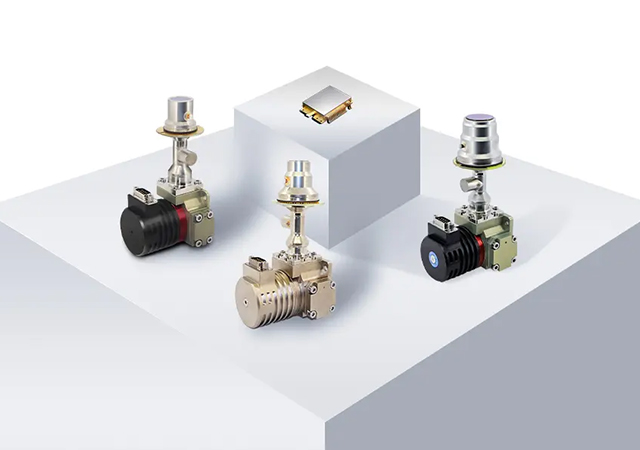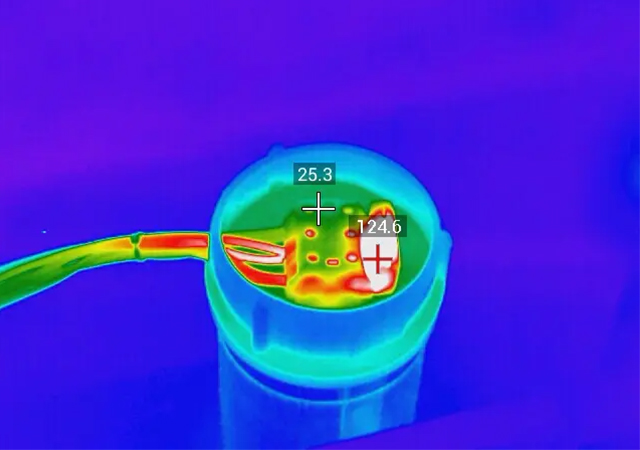Infrared technology has become increasingly popular for various applications like security surveillance, industrial inspections, and scientific research. When selecting an infrared camera module, one critical aspect to consider is the frame rate.
But what does frame rate actually mean? And how does it affect the selection of infrared thermal imaging products? This article will provide a detailed explanation and comprehensive guide on how to choose the appropriate frame rate for a thermal imaging camera core.
Understanding Frame Rate
Frame rate refers to the number of frames displayed per second in a video or image sequence. It determines the smoothness and clarity of the captured footage.
Thermal imaging technology is primarily used for temperature measurement and night vision. In the field of night vision observation, frame rate plays a significant role as it directly affects the smoothness of the video footage. A higher frame rate translates into more fluid motions and better image quality.
Generally, infrared camera modules with higher frame rates offer smoother and non-choppy image quality. The frame rate parameter is crucial for real-time monitoring and observation with infrared thermal cameras. For moving objects, a higher frame rate makes the image more realistic, seamless, and lifelike. This is particularly important for applications such as aerial photography, where a low frame rate would struggle to capture fast-moving targets.
Factors Influencing Frame Rate Selection
Several factors should be taken into account when deciding on the frame rate for a thermal imaging module. Let’s delve into some critical considerations:
Application Requirements
First and foremost, understand the specific application requirements. Different applications may demand varying frame rates. For example, surveillance applications may require higher frame rates to capture fast-moving targets effectively, while stationary monitoring or scientific research applications may not necessitate extremely high frame rates.

Frame Rate Capabilities
Evaluate the frame rate capabilities offered by the available infrared camera modules. Uncooled modules typically provide frame rates ranging from 25Hz, 30Hz, and 50Hz, up to 60Hz, while cooled thermal modules can offer even higher frame rates, starting from 100Hz and reaching up to 200Hz. Specifications provided by manufacturers could be considered and matched to your application needs.
Budget Considerations
Frame rate capabilities often affect the cost of a thermal imaging camera. Higher frame rates may come at a higher price point. Set a budget and strike a balance between your desired frame rate and cost limitations. Remember to prioritize essential features aligning with your application requirements.
Environmental Factors
Environmental conditions can impact the selection of an appropriate frame rate. In scenarios where there is minimal movement or slower dynamics, a lower frame rate might suffice. On the other hand, high-speed or dynamic environments would benefit from higher frame rates to ensure accurate and detailed imaging.
The frame rate is a critical parameter to consider when choosing an infrared thermal module. By understanding the specific application requirements, evaluating frame rate capabilities, considering budget constraints, and accounting for environmental factors, one can make an informed decision. Whether it’s for security surveillance, industrial inspections, or scientific research, selecting the appropriate frame rate plays a vital role in achieving optimal image quality, smoothness, and real-time monitoring capabilities. Consult with manufacturers, seek expert advice, and thoroughly assess options to ensure the chosen frame rate aligns perfectly with your specific infrared thermal imaging needs.

Currently, uncooled infrared products developed by GSTiR typically offer frame rates ranging from 25Hz, 30Hz, and 50Hz, up to higher levels such as 60Hz. For cooled infrared camera modules, the frame rates usually start at 100Hz and can even reach 200Hz, meeting the requirements of long-range surveillance systems for monitoring high-speed moving targets, especially in security applications.
Go Top